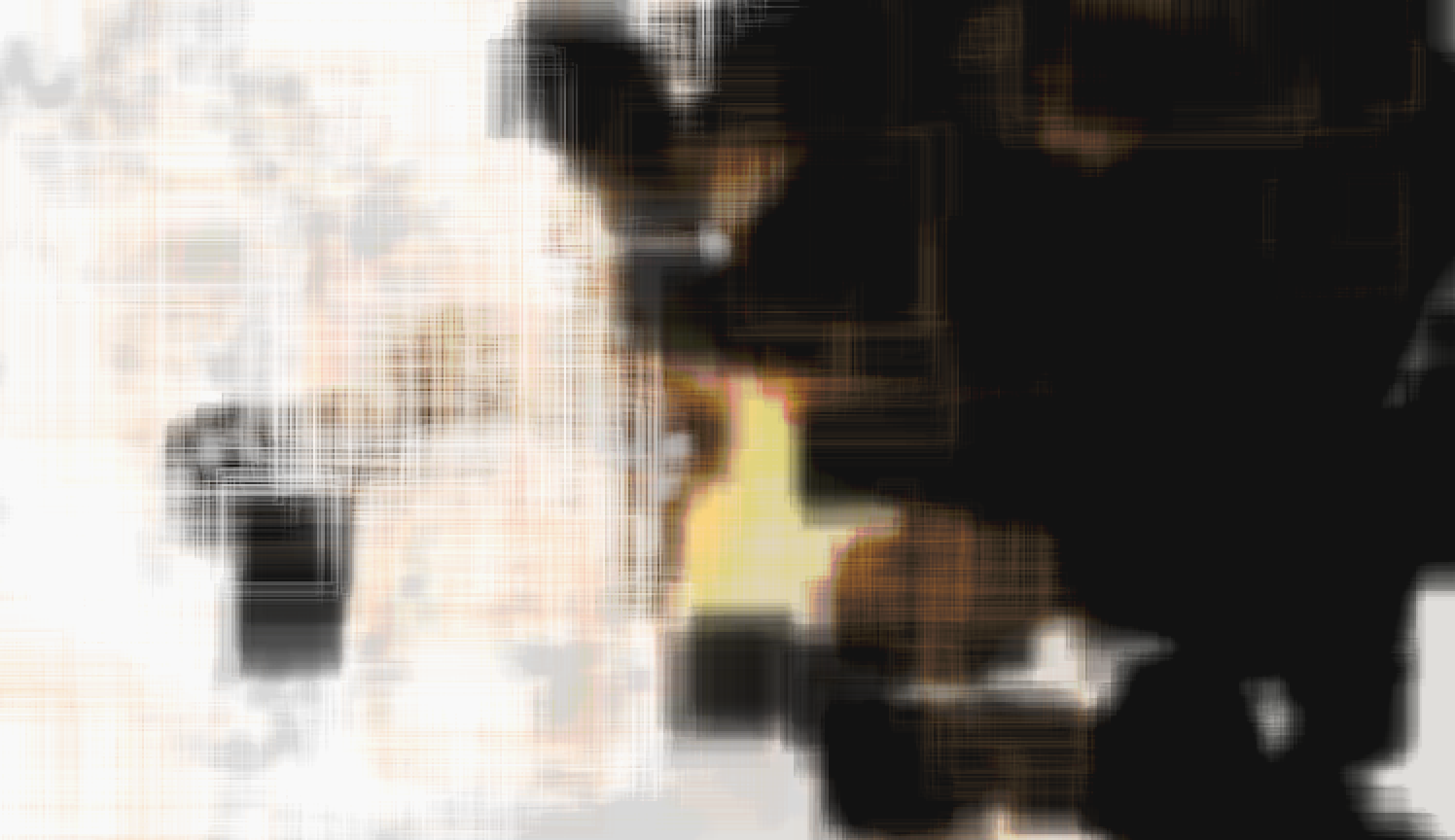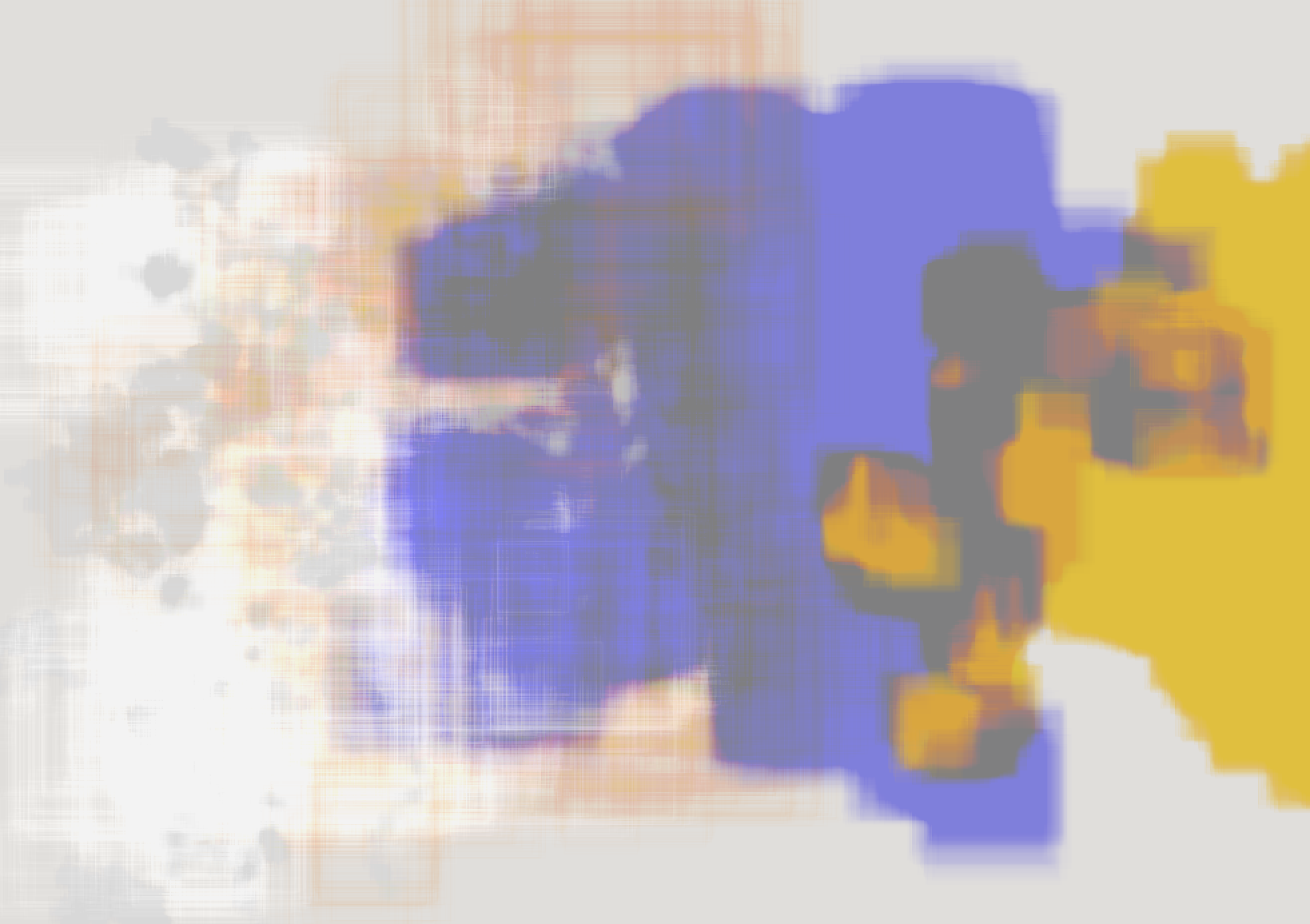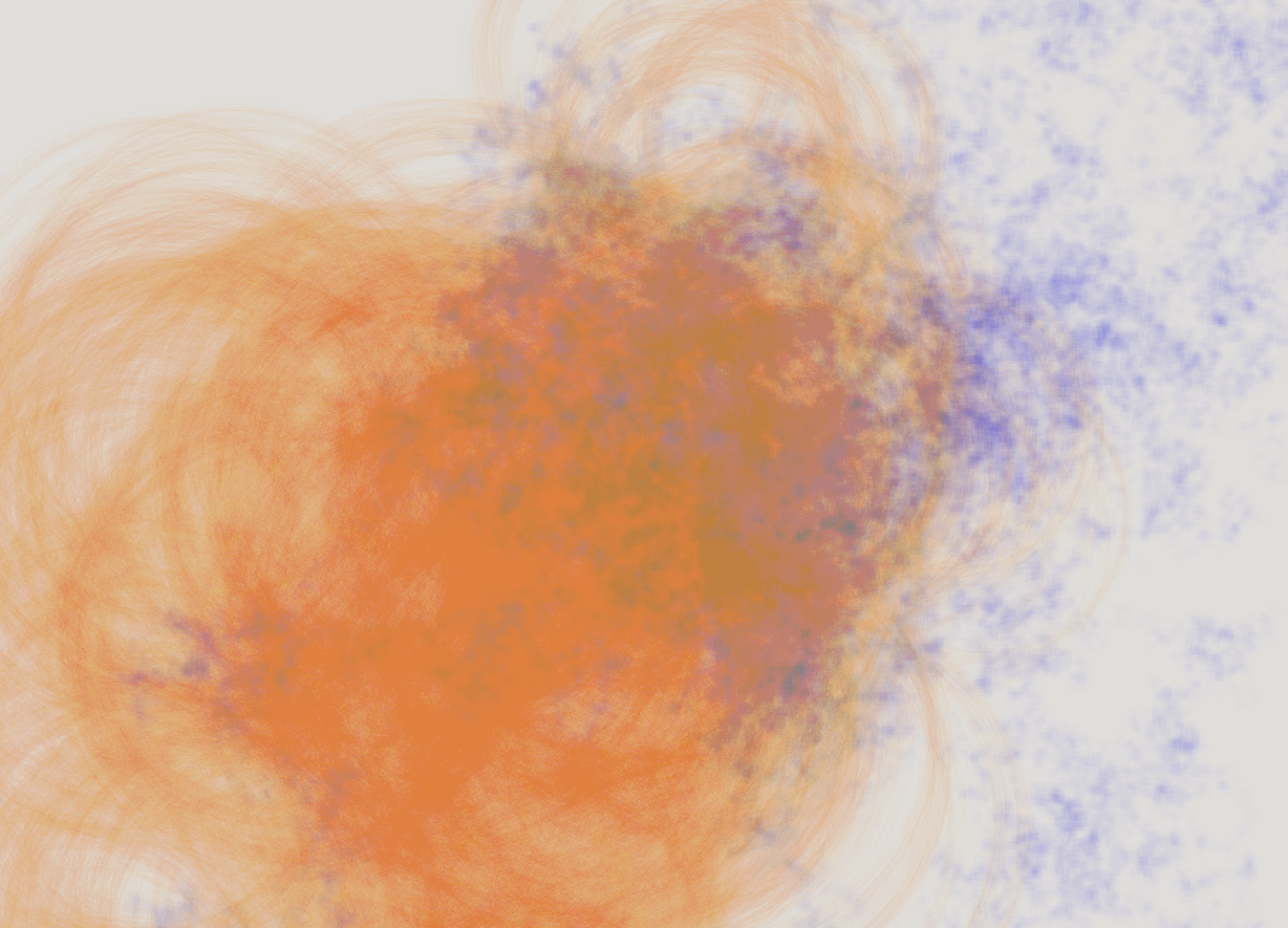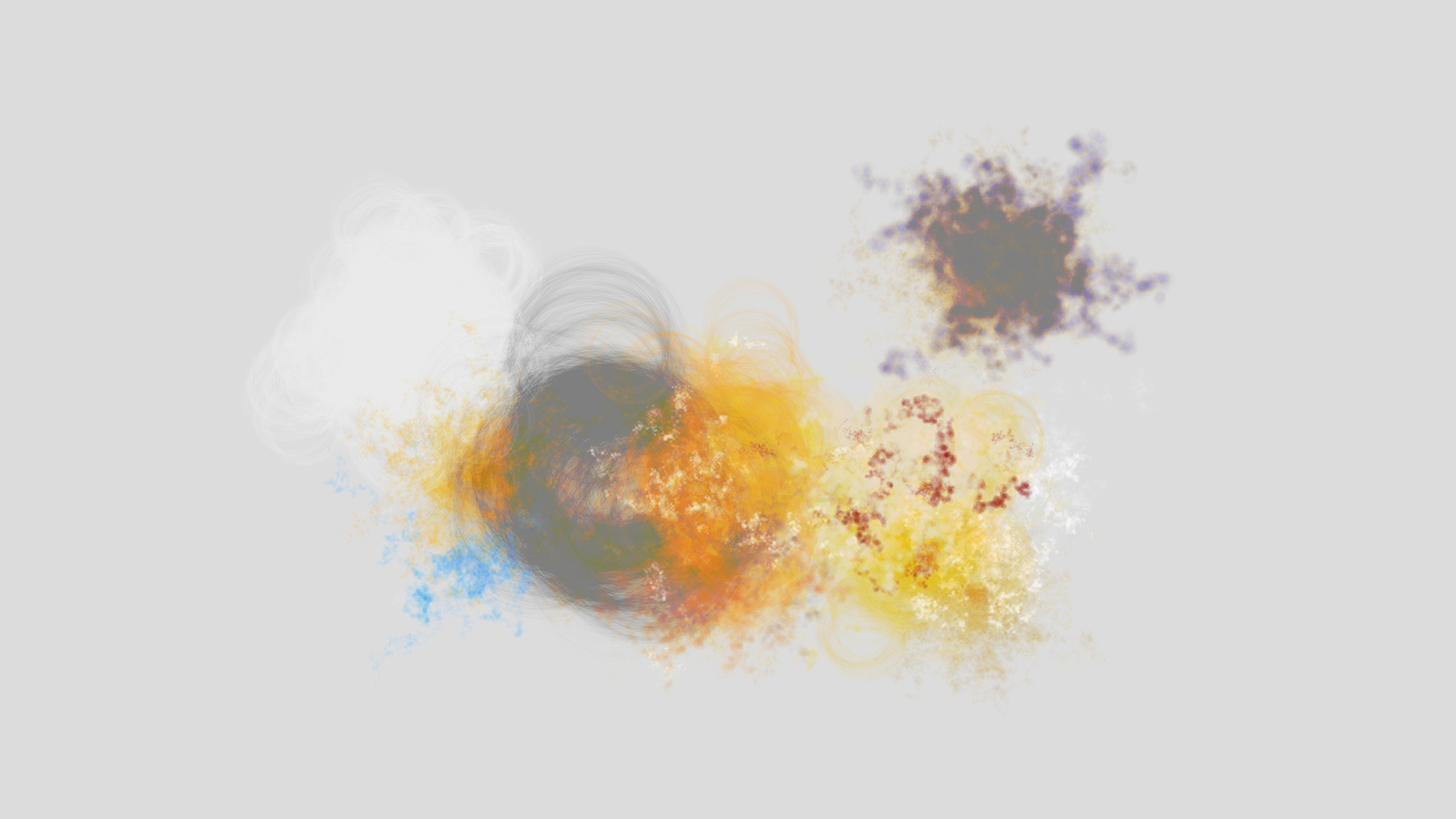Presence
‘Presence’ is an exploration into how consciousness and essence could be represented through code. It is composed of self-evolving cumulative clusters which expand and grow into each other.
produced by: Ankita Anand
This project explores concepts of presence and consciousness through code. The resulting printed image is captured by selecting one frame of this process in its early stages where the clusters are still distinguishable. I am fascinated by presence as it is a non-verbal form of communication, something which we are always using however rarely conscious of.
My research became very distant from intellectual processes and theories however it depended on essentially my experience of life. I started paying attention to almost everything - I noticed how plants, animals and people would be affected by each others presence. On my flight to India I noticed how me and the person sitting next to me were negotiating who used the common arm rest, without either of us speaking a word. How a pet dog can feel someone’s presence (or even essence) from a distance before they can even enter the gate. When we observe life existentially we realise every form of life is already in constant communication - as everything is interdependent - it is just a matter of us being conscious of these moments.
My broader visual approach to represent such an abstract concept was to make different groups of objects and have them interact with or react to each others presence. To do this I resorted to object-object-oriented programming as it would allow me more control over several different objects and their properties. I made a ‘random walker’ class which is essentially a shape that expands in random directions. I used Daniel Shiffman’s tutorials on advanced OOP : inheritance and polymorphism, as a way of introducing myself to these technical concepts. I then made various other objects that inherited properties from the walker class but had their own colour, shape and fill. What I wanted to achieve was something to happen when two objects crossed paths, I achieved his result in simple objects, however when I started using ArrayLists I couldn’t technically make this happen. As an alternative I thought of using colour as a way of expressing presence - thinking of ways in which colours could merge or overlap changing the overall aesthetic of the work. Looking back at my code I feel I could have made less objects perhaps and used less ‘magic numbers’.
The resulting work was formed of various clusters of colours which were in a constant process of growth and expansion - they were independent and yet at the same time merging into one bigger whole. These clusters represented how we have a physical boundary defined by our body but in our experience of life we are in constant exchange and communication with everything else.
In my mind I always had the print aspect of the project - although my work is cumulative and in some ways animated. I selected off-white textured fine-art paper (300gsm) to give the print a hand-drawn feel. During the pop-up exhibition I noticed people trying to go closer to the print and inspecting how it was made - often asking me about the process - it was important to have this live feedback from the audience. I feel satisfied with the overall look and feel of the printed image and wish to further my skills in OOP to explore consciousness through code in more depth.
References
‘Learning Processing' by Daniel Shiffman, Chapter 22, Available at : http://learningprocessing.com/examples/chp22/example-22-02-polymorphism [Accessed : 13/01/2019]
https://isha.sadhguru.org/in/en/wisdom/article/cultivating-awareness




































































